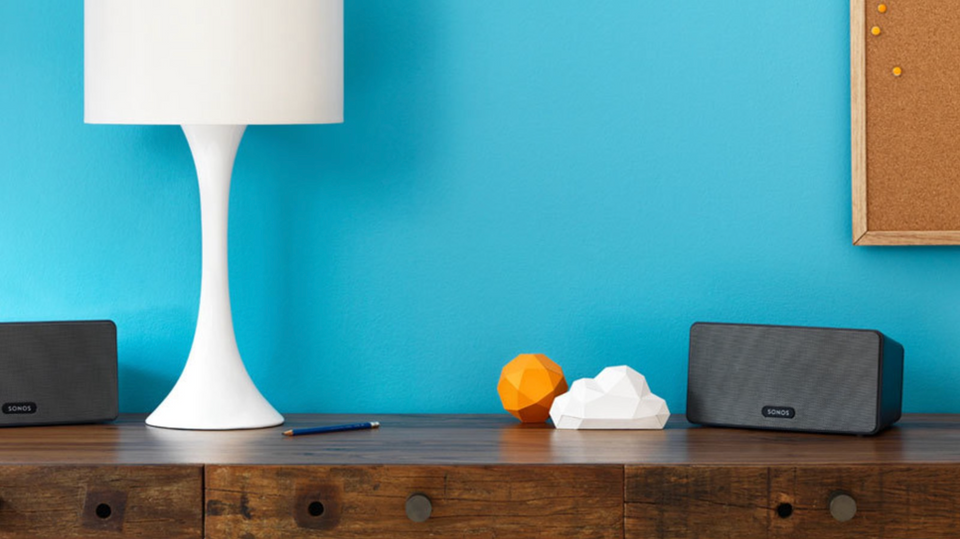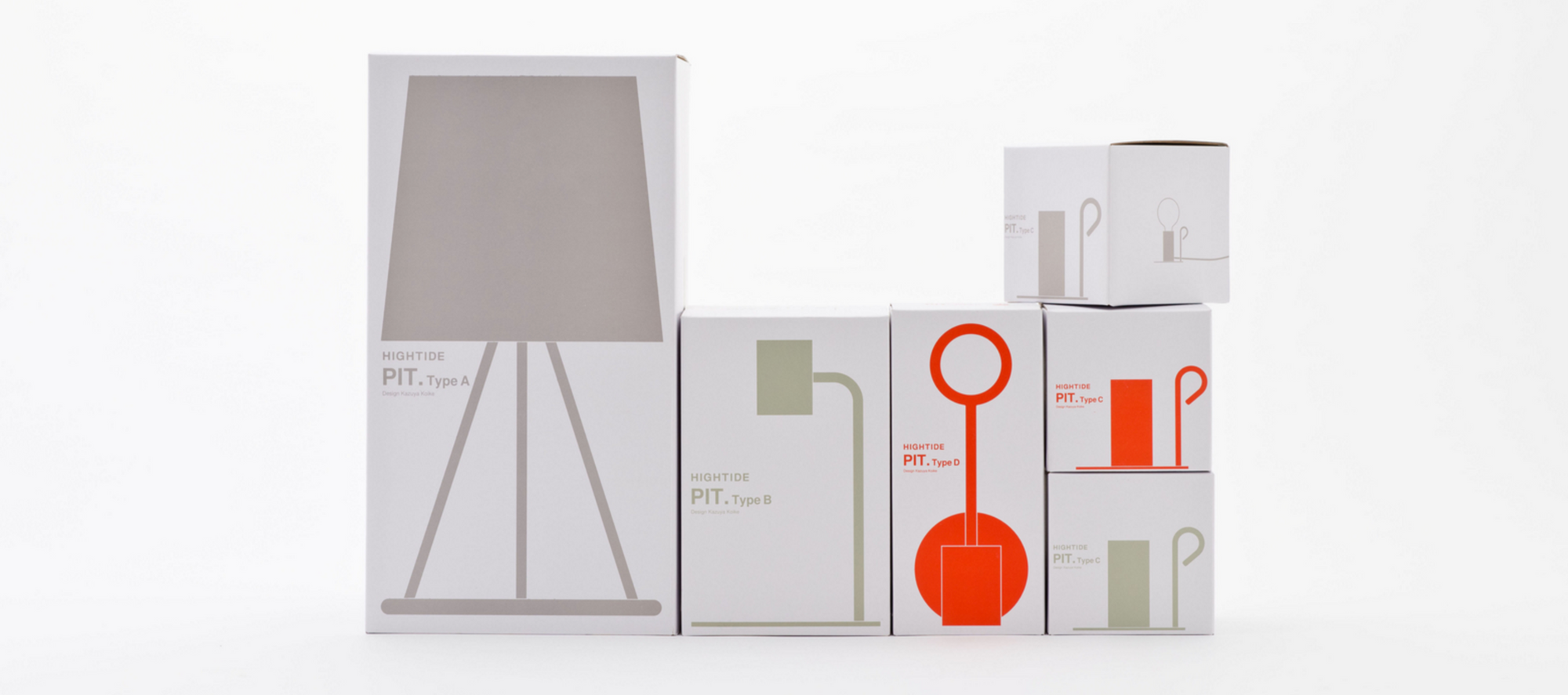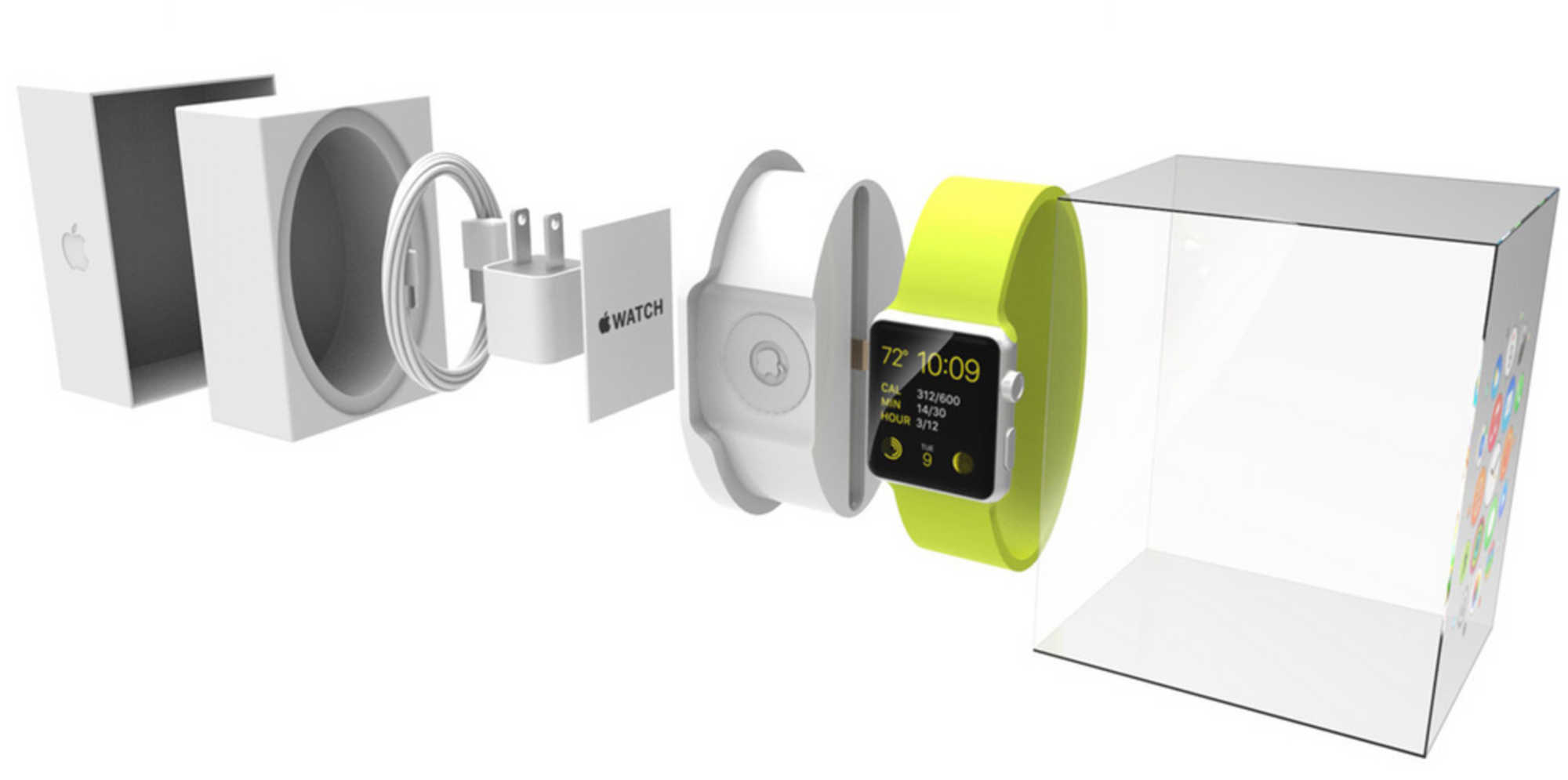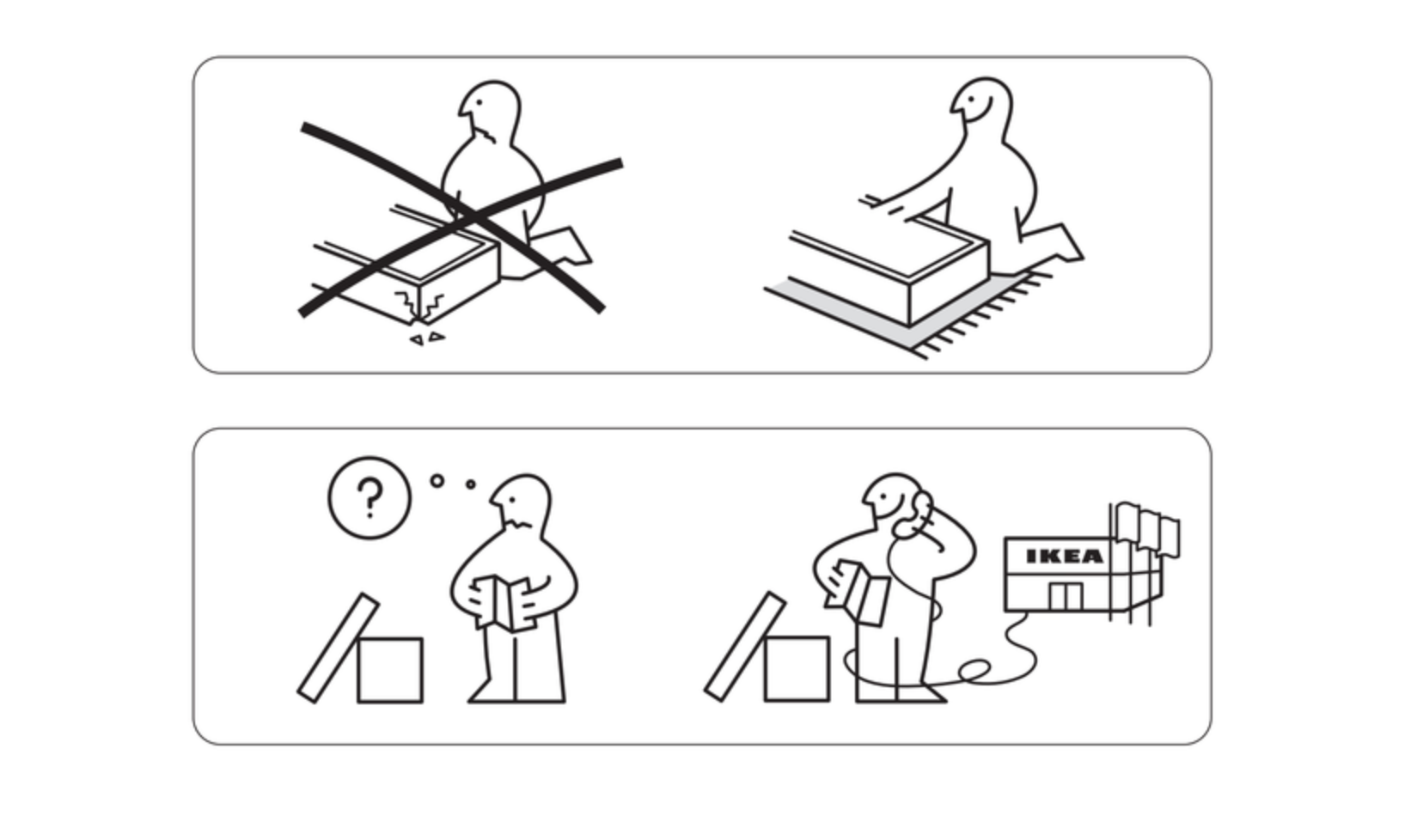Designing for Consumer IoT Products

Consumers are arguably the most difficult market to design for. They may not be inherently interested in a certain technology and unlike employees or workers, they have a choice whether or not they’ll use your product or service.
Designing digital products for consumers is hard, no doubt. Add a physical (IoT) product to the mix and that adds another layer of complexity for designers. This naturally forces teams to think beyond the digital interface and expand their thinking to understanding context and the physical environment in which their users inhabit.
Right now, the IoT market is skewed towards innovators and early adopters, however, there is a huge potential to create great products for consumers. With that said, consumers will have to contend with a whole new set of complexity.
Where do you start when you want to unify both digital and physical experiences and make them work in perfect harmony? Here are a few things to consider.
Understand people and context
To design successful connected products, we should first start with understanding the people who will be using your product and the overall context in which they’ll interact with it. By “context”, I mean the factors outside the product, relevant to the end users’ interaction with it. Things like:
- The immediate physical environment (weather, home layout, etc.).
- Human intentions, behaviors, actions and pre-conceived ideas of how things work.
- Organizational policies and rules.
- And so on…
Going out into the field
To truly understand the context of your user(s), you’ll need to get out of the building and into the places where they work, play, eat and sleep.
During a field study you may find yourself doing the following:
- Touring a space such as a home.
- Following a person around as they perform a task such as setting up mesh WiFi routers in their 3000 square foot home.
- Observing as they perform the task within a specific room in their home such as the living room.
- Documenting hard-to-verbalize factors, such as difficulties finding the best spot to place the router.
- Observing unexpected encounters and “distractions” which temporarily removes the user from the task at hand.
The findings that come out of these research methods are invaluable and can make the difference between finding out what people truly value and building a product that nobody cares about. Go out and talk to your users.
The unboxing experience

As e-commerce evolves and consumer habits shift, delivering a complete brand experience extends beyond the product itself and transcends into the whole experience.
When was the last time you actually enjoyed unboxing a product you just purchased? For me, it’s basically anything from Apple. Everything from the quality of the packaging to the smell of the inside of the box as you pull the item out from it’s nook, the amount of thought put into that experience itself is impressive.

When designing for the unboxing experience, it’s crucial to think about all the necessary steps a user will take. The unboxing should tell a story and help guide the user along from unpacking all the way to setup. There are also many opportunities to “prime” the user before setup with bits of instructions as well as expose some of your brand personality.
If you have an existing product, set up a field study to observe users going through the unboxing experience as you’ll pick up on any issues and potential opportunities.
Setup and installation

The ideal user experience is as little setup as possible.
Ease of installation is crucial to a good user experience, especially if the consumer is required to complete it themselves. If the setup experience for a product or service is bad, the customer may easily give up enthusiasm for the product and quickly go and buy a competing product.
Teams should stress the details and fully think through every path a user may experience during setup. For example, how will the experience change when a user installs it incorrectly or needs to unplug and restart? How can you design a fallback that doesn’t jeopardize the experience and allow the user to easily pick up where they left off?
The ideal user experience is as little setup as possible. Taking into account that a majority of IoT products rely on an app component for setup, here are some things to think about when designing for setup and installation:
- Taking a procedural approach by walking users step by step through the process.
- Clarity is more important than speed.
- System status is paramount. If it takes a few minutes for a device to“activate”, let the user know what to expect so they’re not left wondering what’s happening.
- Keep the steps to a minimum. The more rigid the process, the more risk there is of the user running into difficulties if they mistakenly do something out of sequence.
- Specifically for account creation (if you require an account), avoid asking for too much information up front. The idea is to get the user set up and using the product or service as quickly as possible.
Control

In order to take full advantage of a devices features, you may need to provide the user with some control. This is typically in the form of a digital interface, such as a mobile app or display that’s integrated directly on the device itself.
If you’re offering controls to users, or interactions in which they’ll expect a response from the immediate environment, speed is super important. Assuming speed from the systems end, such as latency and synchronization are in an ideal state and functioning as best as possible, designers should also consider the speed of getting to the controls as well. Users need quick access to commonly used controls so they can complete their tasks and move on with their lives.
Prioritizing controls and features
It’s best to work with your team to prioritize features based on usage. Refer to usage data and look into why a particular feature is being used more than others and prioritize accordingly. A full understanding of the primary task a user needs to take will help with determining which features to surface versus ones that can be de-emphasized in the app.
Security and privacy
Providing the assurance of security and privacy in your product is key to building the users trust and confidence. A “secure” system gives the user confidence that they know who they are dealing with and the information they provide will reach the intended target. They should be able to trust that the interactions they have with your product or service will be honest, do no harm and not result in hidden consequences.
Risk management
Teams will need to asses and determine how much and what type of security appropriate considering the value of assets, the impact of their potential loss and potential vulnerabilities and threats.
Making use of data
The IoT will enable access to a huge amount of data about the world than we’ve ever had access to before. By 2020, analysts are estimating that 10 percent of all digital data will be generated from connected devices.
Data is becoming part of the fabric of consumer products. Designers need to understand how to work with data and leverage it to make the lives of the consumer easier. Here are some questions you should ask yourself when it comes to data:
- What should be captured?
- How should it be interpreted and what insights can be derived from it?
- What new products can be developed and what previously unmet needs can be now addressed?
- How do you go about designing compelling, valuable, scalable, secure and trustworthy experiences using data?
- How can you design products that behave smarter and proactively work for the end user?
Teams should look into what data is there and strategize accordingly. Putting in this effort can be a huge differentiator when it comes to product design and enhancing the overall user experience.
In conclusion
There is much to consider when it comes to designing for the consumer IoT and I’ve only attempted to scratch the surface when it comes to taking a “bigger picture” approach. All in all, It’s a huge effort and teams will need to work cross-functionally to make sure the user’s experience is coherent and unified across every touch point.
Thoughts or anything to add? I’d love to hear them!